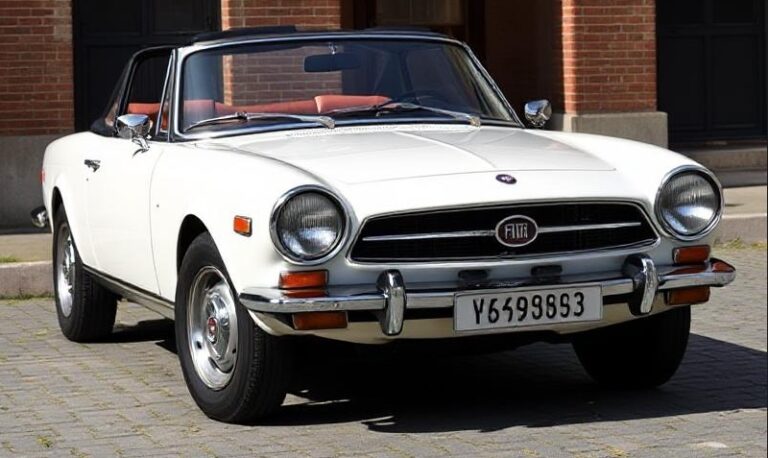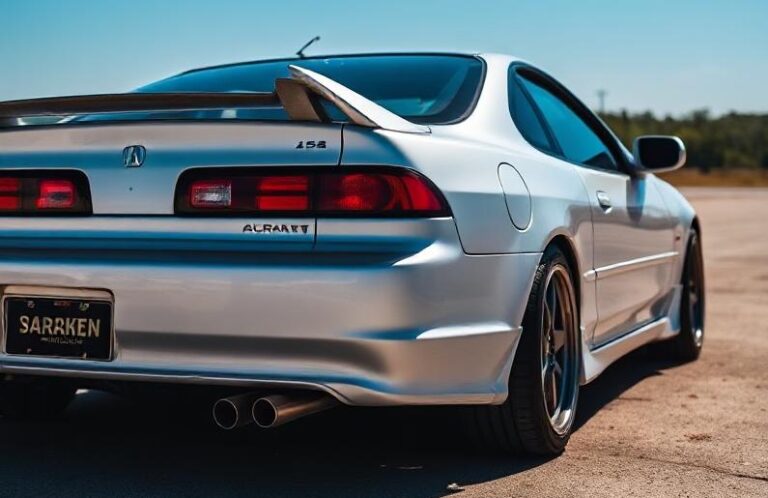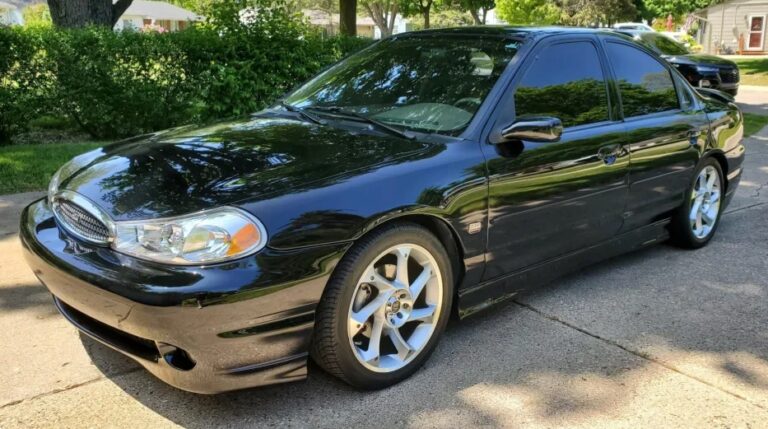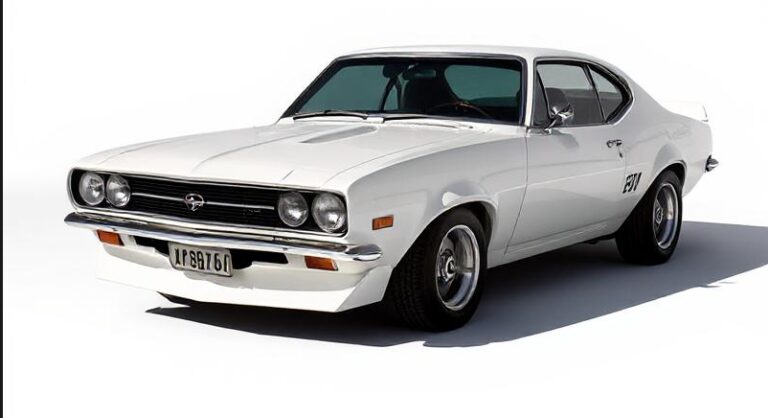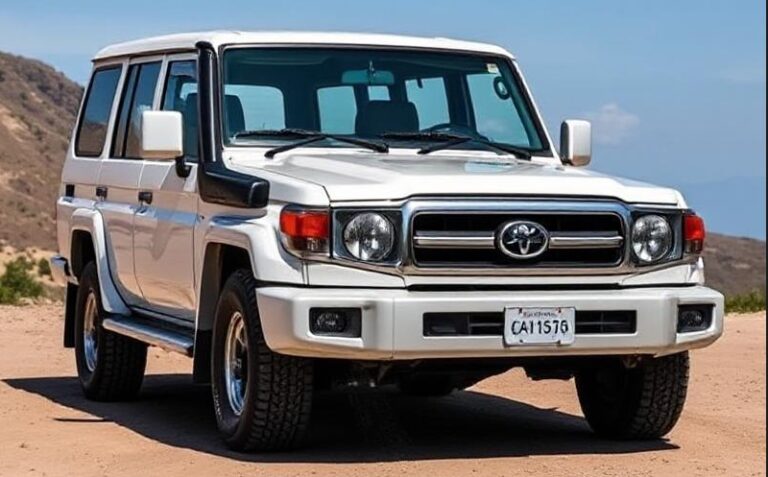The Evolution of the Rolls-Royce Silver Spirit
The Rolls-Royce Silver Spirit is a symbol of luxury, craftsmanship, and engineering excellence that has etched its mark in automotive history. Introduced in the early 1980s, the Silver Spirit represented a significant evolution in Rolls-Royce’s lineup, blending traditional craftsmanship with modern automotive technology. Over its production span, the Silver Spirit underwent numerous updates, facelifts, and technical improvements, culminating in a range of models and trims that catered to an elite clientele seeking unparalleled luxury.
Origins and Introduction (1980-1989)
Background and Launch
Rolls-Royce, famed for its bespoke luxury cars, introduced the Silver Spirit in 1980 as a successor to the Silver Shadow. The Silver Shadow had been a successful model since its launch in 1965, but by the late 1970s, it was aging and in need of modernization. The Silver Spirit was designed to offer a more refined, comfortable, and modern driving experience while retaining the traditional Rolls-Royce prestige.
Design and Engineering
The Silver Spirit was built on a new, more rigid chassis compared to the Silver Shadow, utilizing a combination of traditional craftsmanship and modern engineering. It featured a longer wheelbase, increased comfort, and a more spacious interior. The model retained the classic front grille and iconic Spirit of Ecstasy mascot, but with a more contemporary body design characterized by clean lines and a stately presence.
Powertrain
At launch, the Silver Spirit was powered by a 6.75-liter (6.75 L) V8 engine, which became a hallmark of the model line. This engine, known internally as the L-series, was an aluminum-alloy, overhead-valve V8, capable of producing approximately 218 horsepower in the early years. The engine was paired with a three-speed automatic transmission, providing smooth power delivery typical of Rolls-Royce.
Early Models and Trim Levels (1980-1989)
Silver Spirit (1980-1989)
The initial model was simply known as the Silver Spirit. It was offered as a luxury sedan aimed at customers seeking a combination of traditional elegance and modern convenience. The early Silver Spirit was well-appointed with standard features such as plush leather upholstery, power windows, climate control, and a premium sound system.
Subsequent Updates
Throughout the 1980s, the Silver Spirit received incremental updates, including:
- 1983: Introduction of a more refined interior with improved materials and additional soundproofing.
- 1985: Facelift that included updated bumpers, new grille design, and revised front and rear lighting.
- 1987: Introduction of a more powerful version of the 6.75-liter V8 engine, boosting output to around 228 horsepower.
Trim Levels
Initially, the Silver Spirit was offered as a single, well-equipped luxury model. However, as the model matured, Rolls-Royce introduced various bespoke options and packages, allowing customers to tailor their cars further, although formal trim levels were limited in the early years.
The Silver Spirit II (Late 1980s)
By 1989, Rolls-Royce launched the Silver Spirit II, a significant facelift that modernized the model’s appearance and refined its technical features.
Design Changes
- Revised front grille and bumper design for a more contemporary look.
- New wheel designs and minor exterior styling tweaks.
- Improved aerodynamics and aerated suspension systems for enhanced ride comfort.
Technical Upgrades
- Introduction of fuel-injected versions of the 6.75-liter V8 engine, improving efficiency and performance.
- Upgraded interior with new wood veneers, improved seating comfort, and advanced climate control systems.
The Silver Spirit II marked the culmination of the first-generation Silver Spirit, setting the stage for the next phase of evolution.
The Silver Spirit / Silver Spur Series (1990-1998)
Transition to the Silver Spur Name
In 1990, Rolls-Royce introduced the Silver Spur, essentially a long-wheelbase version of the Silver Spirit, aimed at customers desiring extra rear-seat comfort. Over time, the Silver Spirit and Silver Spur models became closely linked, with the Silver Spur often regarded as a more chauffeur-oriented variant.
Models and Variants
During the 1990s, the Silver Spirit/Silver Spur lineup diversified, offering various trim and feature packages:
- Standard Silver Spirit: The base luxury sedan with the classic Rolls-Royce features.
- Silver Spur: The long-wheelbase variant with increased rear passenger legroom, often equipped with executive features such as rear-seat entertainment, upgraded audio, and bespoke interior options.
Major Updates and Facelifts
- 1994 Facelift: The most substantial update during this period, featuring:
- New front grille and bumper design.
- Upgraded headlights with projector lamps.
- Slightly refined bodywork for improved aerodynamics.
- Interior enhancements, including higher-quality materials and more advanced climate control.
- Engine Updates: The 6.75-liter V8 engine was further refined, with outputs increasing modestly to approximately 224-228 horsepower. In later years, fuel injection systems were improved to meet stricter emissions standards.
Trim and Customization
Rolls-Royce’s hallmark bespoke services meant that many Silver Spirit and Silver Spur models were highly personalized, with customers choosing unique paint colors, interior materials, and trim options. While official trim levels were not always rigidly defined, the models could be categorized based on features such as:
- Standard trim: Basic luxury features.
- Luxury trim: Additional wood veneers, upgraded leather upholstery, and advanced audio.
- Executive trim: Rear-seat entertainment, privacy partitions, and bespoke interior configurations.
The Silver Spirit Series End (Late 1990s)
By the late 1990s, the Silver Spirit line was approaching the end of its production run, as Rolls-Royce prepared to introduce newer models.
.
Many car aficionados have multiple hobbies, like boating as well as auto stuff. Those who don’t already own a boat (and even some that do), may have thought about building their own boats. It’s really not as hard as you’d think. Just take a look at these easy boat building plans!

.
The Transition to the New Millennium and Legacy
End of Production
The Silver Spirit was officially discontinued in 1998, replaced by the more modern Rolls-Royce Silver Seraph, which debuted in 1998 as a spiritual successor but with significant technological advancements. The Silver Seraph shared the same 6.75-liter V12 engine, marking a departure from the V8-powered Silver Spirit.
Legacy and Collectibility
Today, the Silver Spirit remains an iconic model in Rolls-Royce’s history, representing a bridge between the classic Silver Shadow lineage and the modern era of luxury automobiles. Its various models and trims, especially the long-wheelbase Silver Spur, are highly sought after by collectors and enthusiasts for their craftsmanship, bespoke features, and classic styling.
Summary
| Year(s) | Model/Update | Key Features and Changes |
|---|---|---|
| 1980-1989 | Rolls-Royce Silver Spirit | Introduction of the model, new chassis, V8 engine, incremental updates |
| 1983 | Early updates | Interior refinement, improved materials |
| 1985 | Facelift | Updated bumpers, grille, lighting |
| 1987 | Power upgrade | Engine power increased to ~228 hp |
| 1989 | Silver Spirit II | Major facelift, refined styling, fuel-injected engine |
| 1990-1998 | Silver Spirit / Silver Spur (Long Wheelbase) | Expanded models, luxury and executive trims, 1994 facelift |
Conclusion
The Rolls-Royce Silver Spirit’s evolution reflects a careful balance of tradition and innovation. Spanning nearly two decades, it adapted to changing automotive standards while maintaining the hallmark craftsmanship, bespoke personalization, and unmatched luxury Rolls-Royce is renowned for. From its inception as a modern successor to the Silver Shadow to its role as a symbol of opulence in the 1990s, the Silver Spirit remains a significant chapter in the marque’s storied history.


